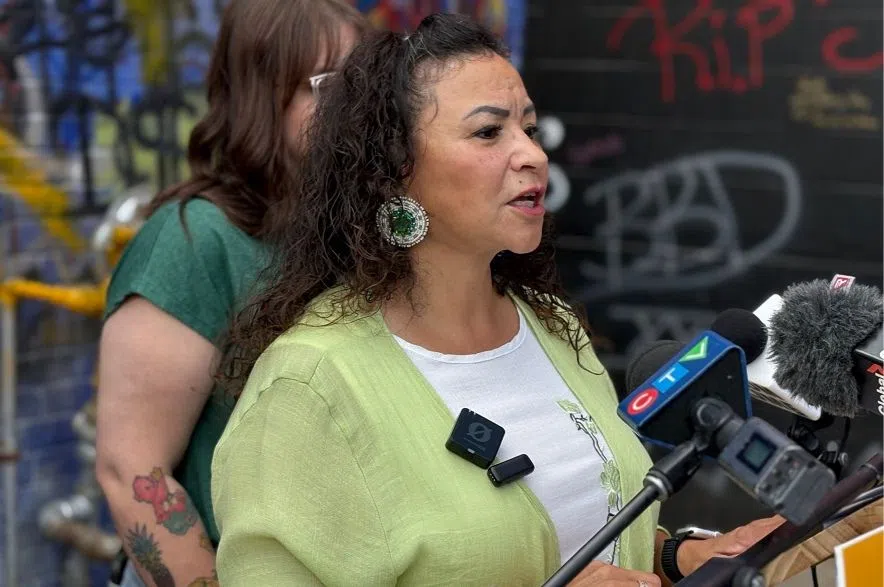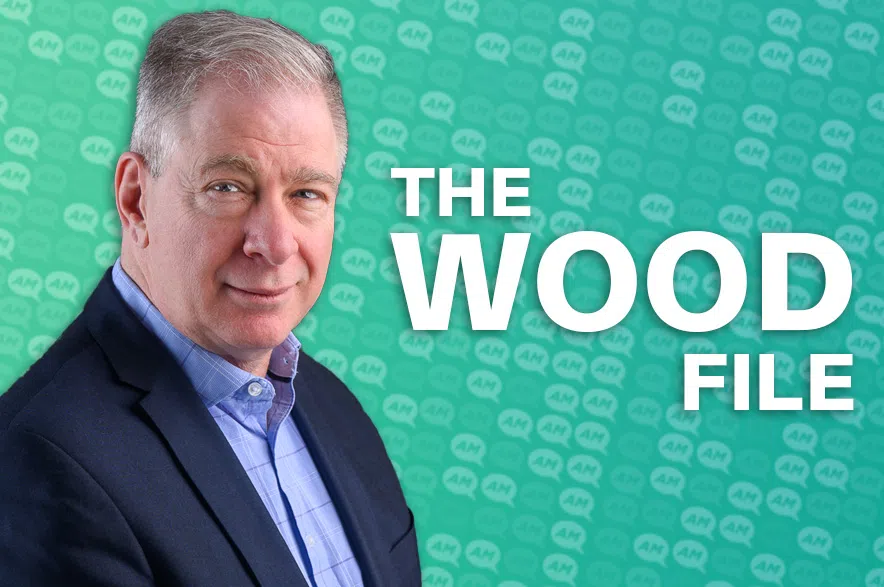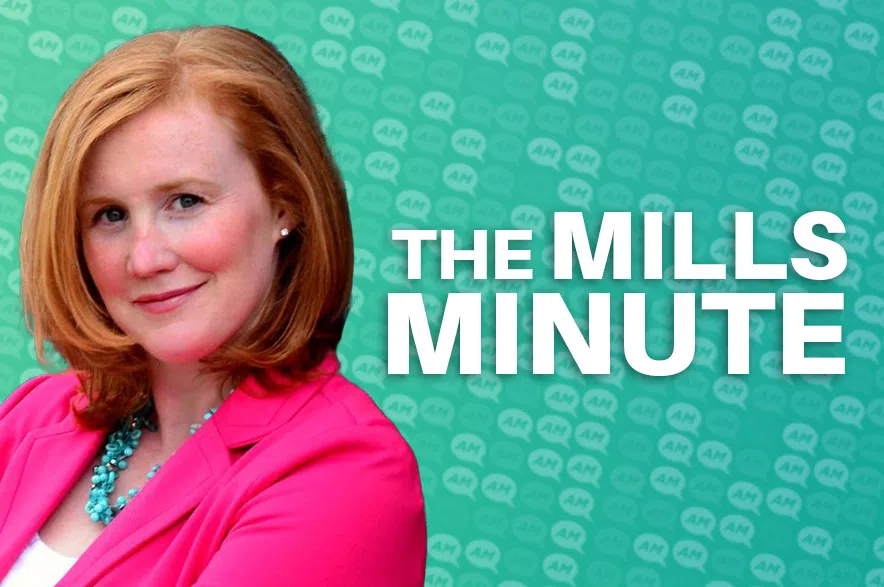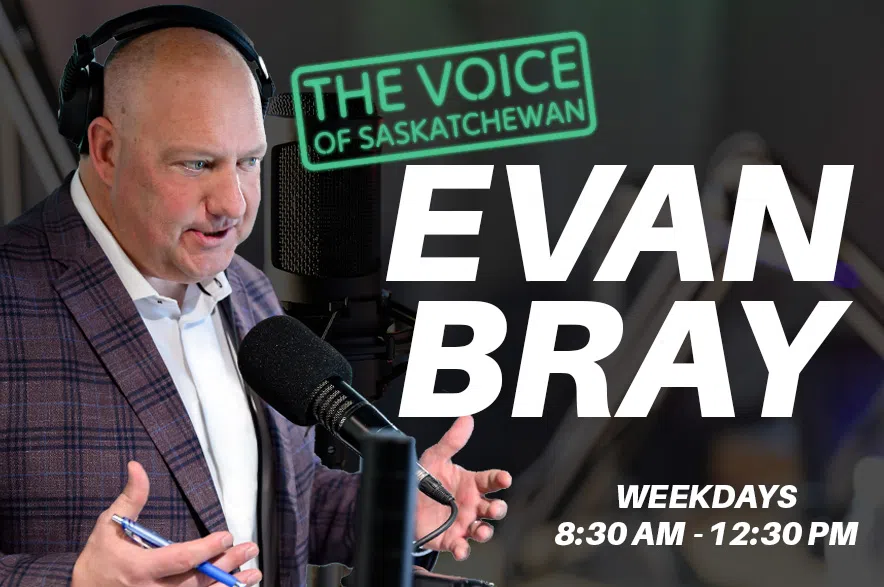Saskatchewan’s NDP is calling for an emergency provincial response after 47 overdoses were reported in Saskatoon within three days.
“Behind every number is a name, a person, a family shattered, a community left behind,” said NDP Mental Health and Addictions Critic Betty Nippi-Albright.
“This is not a warning, this is a full-blown public health emergency.”
Read more:
- Dangerous drugs found in Saskatoon, Sask. health ministry warns
- Prairie Harm Reduction recognizes overdose deaths in online tribute
- NDP crying foul as Willowview Recovery Centre still not open
On Monday, the Saskatchewan Ministry of Health issued a warning about dangerous drugs in the Saskatoon area that increase the risk of a deadly overdose.
Nippi-Albright said funding is needed for frontline healthcare and harm reduction services. She said she wants to see immediate access to inpatient treatment, detox, rehabilitation and long-term recovery homes to support sustained healing.
The NDP critic also called for aggressive action to disrupt drug trafficking networks.
The executive director of Prairie Harm Reduction, Kayla DeMong, said the number of deaths the organization has dealt with is “astronomical” and “not acceptable.”
“It is our government’s responsibility to care for every citizen of this province, not just the ones that are convenient,” she said.
“We need initiatives that start right on the ground where people are at and can support people through whichever path they choose.”
DeMong pointed to a lack of access to support and resources as reasons behind the crisis, noting that she believes housing is the cornerstone to creating better systems to help those with addictions.
“We have more people who are homeless than we’ve ever had before, and without that stability, it’s really hard for people to make different choices and to be safe,” she said.
Fentanyl, xylazine and benzodiazepines found in test sample
Prairie Harm Reduction is Saskatoon’s only safe drug consumption site. Most of the provincial drug alerts come from this organization.
The substance from the latest provincial warning is described as containing green or brown flakes, is typically smoked and can cause overdoses that Naloxone cannot fully reverse.
When the Prairie Harm Reduction tested the sample, it identified the drugs as containing fentanyl, xylazine and benzodiazepines. Xylazine, also known as “tranq,” is a veterinary tranquillizer that has been found in some illicit drug supplies. Benzodiazepines are depressants that produce sedation and hypnosis, relieve anxiety and muscle spasms.
DeMong said mixed substances have become more common and are increasingly harmful.
She explained that when overdoses involve multiple substances, each drug has its own symptoms, its own risks and treatment needs.
“Naloxone doesn’t work on benzodiazepines, “DeMong said. “We can treat one overdose with one thing, but with the other substance, we don’t have any resources.”
Naloxone only reverses opioid overdoses, not other sedatives like benzodiazepines.
Experts still encourage the use of naloxone during an overdose, even with mixed drugs, because naloxone can restore breathing.
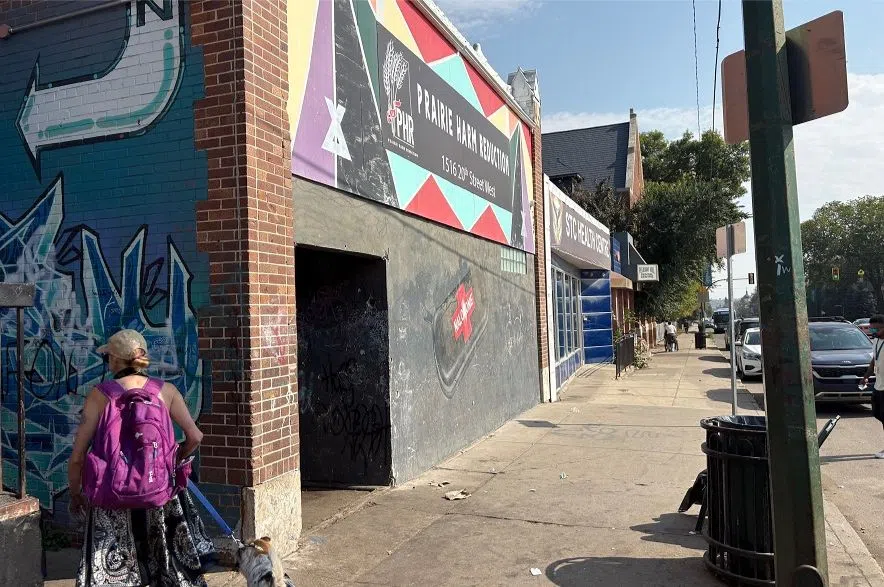
Saskatoon’s only safe drug injection site, Prairie Harm Reduction on 20th Street West. (Mia Holowaychuk/650 CKOM)
Province invests in addiction treatment spaces, takes measures to stop trafficking
According to the Saskatchewan government, the province saw a decline in the number of overdose deaths compared to the previous year.
The Saskatchewan Coroners Service reports 303 confirmed drug toxicity deaths and 40 suspected in 2024, compared to 446 confirmed deaths and 10 suspected in 2023.
So far in 2025, there have been 118 confirmed and 106 suspected drug toxicity deaths in the province.
“While this decline is encouraging, the Government of Saskatchewan remains concerned about overdoses and their impact on individuals, families, and communities,” a statement from the province said.
According to the provincial government, treatment options are being increased with the expansion of additional services such as new addiction treatment spaces under its Action Plan for Mental Health and Addictions.
To date, 281 addiction treatment spaces are operational in the province, out of its goal to reach 500 by 2028.
According to the provincial government, additional actions are being taken to remove toxic and illicit drugs such as fentanyl and methamphetamine from communities.
The measures include making amendments to the Safe Public Spaces Act to include dangerous and drug-related items as street weapons, which will allow police to seize the items and lay possible charges.
“These measures will significantly deter anyone from trafficking these substances and prevent street-level use to help protect the health and safety of all citizens and ensure our medical system is not undermined by these harmful substances,” the statement said.
